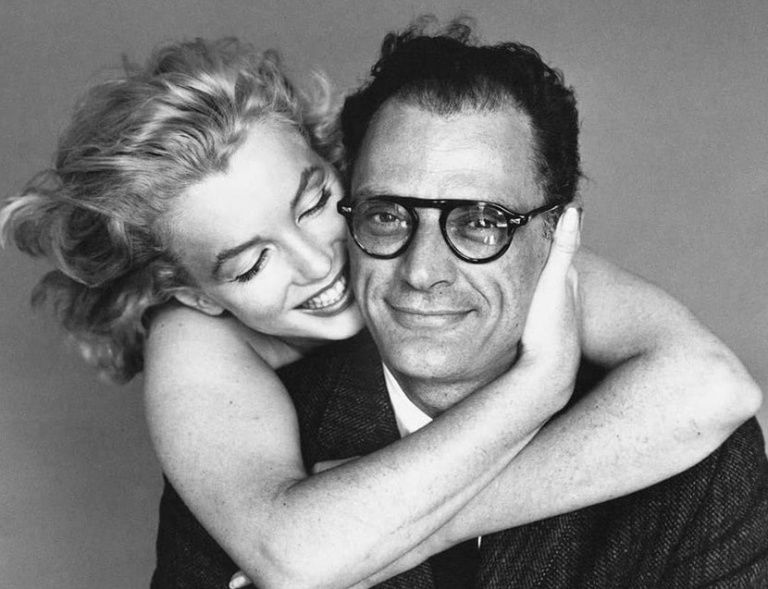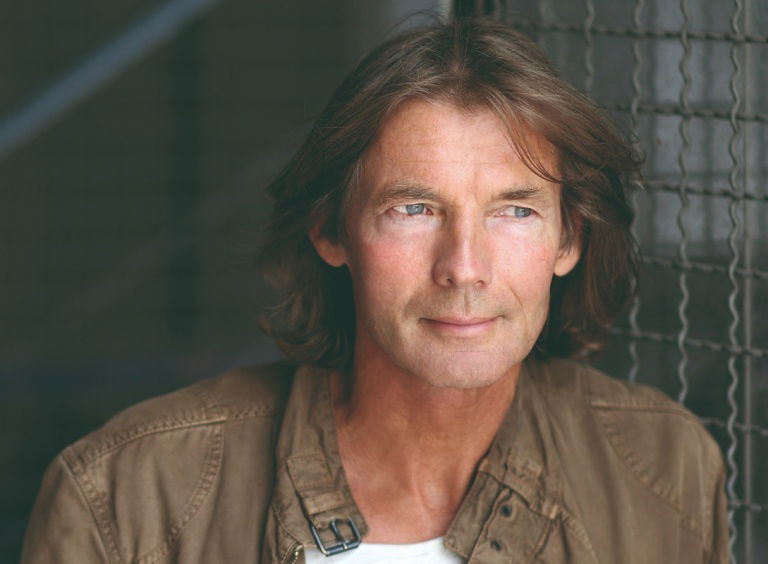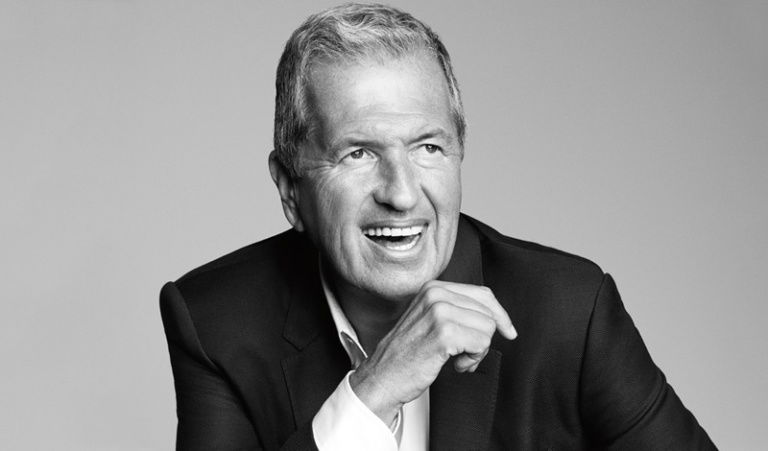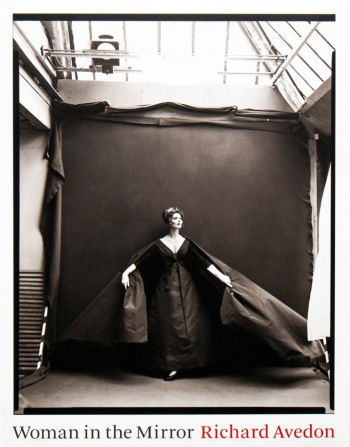Free shipping from €50 - Protective packaging against damage - Ordered today, delivered fast - Return within 30 days

Richard Avedon
Richard Avedon was born May 15, 1923, in New York City, the son of a Russian-Jewish tailor and a fashion-conscious mother. From an early age he was exposed to the world of style and glamour, which fueled his passion for photography at an early age. At the age of 12, he received his first camera, which marked the beginning of a lifelong career in photography.
In 1942, Avedon joined the merchant marine, where he took identity photographs of sailors. This period was his first serious introduction to portrait photography. After his service, he went to study at the New School for Social Research in New York, where he was taught by famed art photographer Alexey Brodovitch, the art director of Harper's Bazaar. Brodovitch became his mentor and played a crucial role in his development as a photographer.
Avedon's breakthrough came in 1945, when he was hired by Harper's Bazaar. Here he began to develop his signature style, capturing models in motion, away from the stiff poses common in fashion photography at the time. His photographs were dynamic, full of life and emotion, and brought a breath of fresh air to the fashion world.
In the 1950s and 1960s, Avedon's reputation grew. He worked for major magazines such as Vogue and Life, photographing celebrities such as Marilyn Monroe, Audrey Hepburn and The Beatles. His work was characterized by deep psychological insight, trying to capture human vulnerability and complexity. Avedon believed that a portrait should be more than a mere visual representation; it should reveal the soul of the person.
One of his most controversial and influential projects was "In the American West," a series of portraits of ordinary Americans made between 1979 and 1984. Avedon traveled throughout the western United States and photographed his subjects against a white background, unadorned. These images were raw and unflattering, showing the harsh realities of everyday life. Although some critics viewed his work as exploitation, Avedon believed he offered an honest and profound look at American society.
In addition to his commercial work, Avedon was also active in the art world. His exhibitions attracted worldwide attention, and his photographs were included in the collections of prestigious museums such as the Metropolitan Museum of Art and the Museum of Modern Art in New York. He was recognized as a pioneer who blurred the lines between commercial and art photography.
Avedon's career has been recognized with numerous awards, including the Hasselblad Award in 1991. Although best known for his fashion and portrait photography, he has always sought to provide a deeper understanding of the human condition through his work. His photographs are more than just images; they are windows to the soul.
On Oct. 1, 2004, Richard Avedon died in San Antonio, Texas, during a photo shoot for The New Yorker. His legacy lives on in the countless photographs he created and the impact he had on the world of photography. Through his lens he has seen and captured the world, and his work continues to inspire and challenge long after he is no more.
This is the story of Richard Avedon, a man whose passion and talent forever changed the world of photography.








